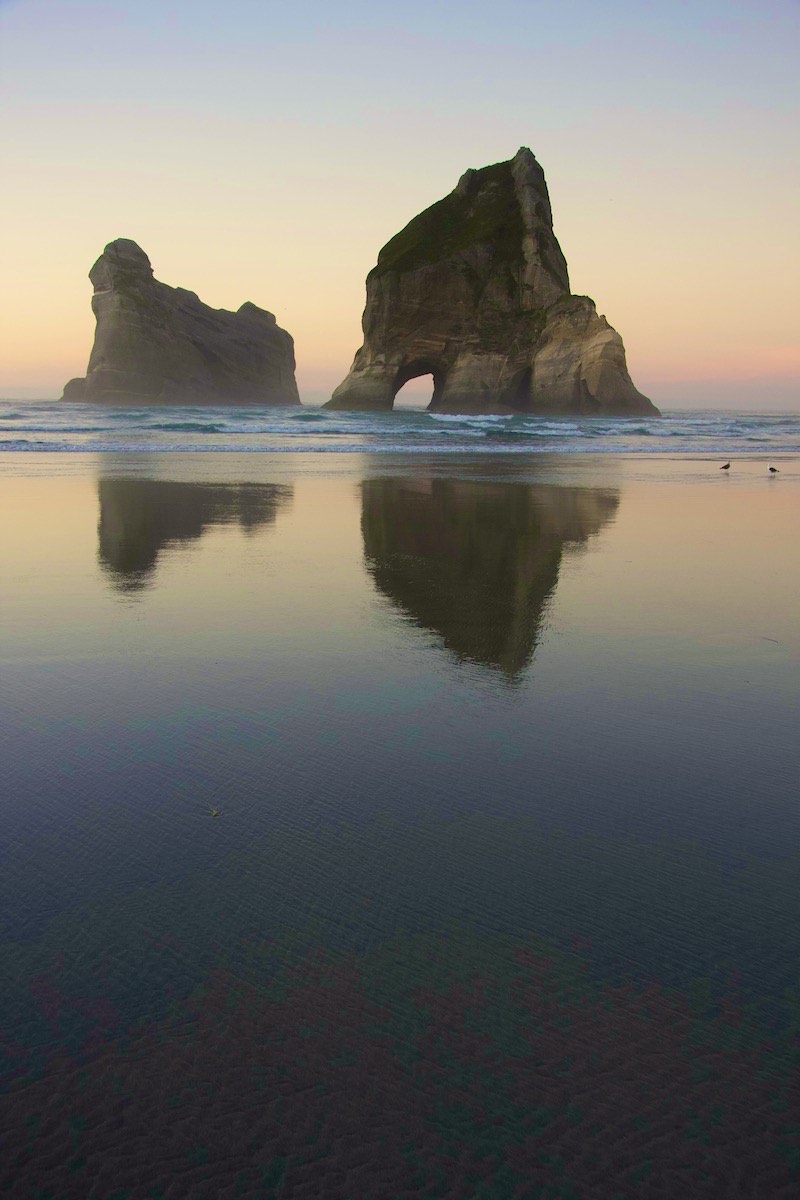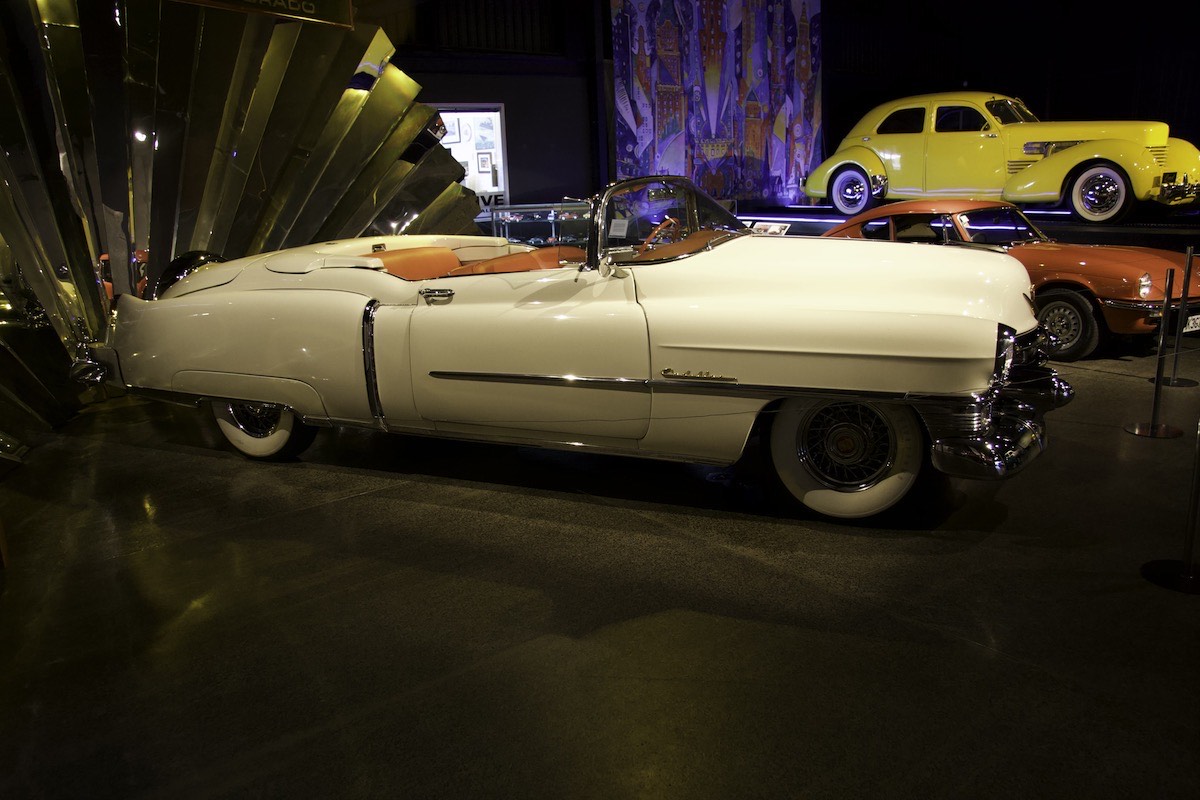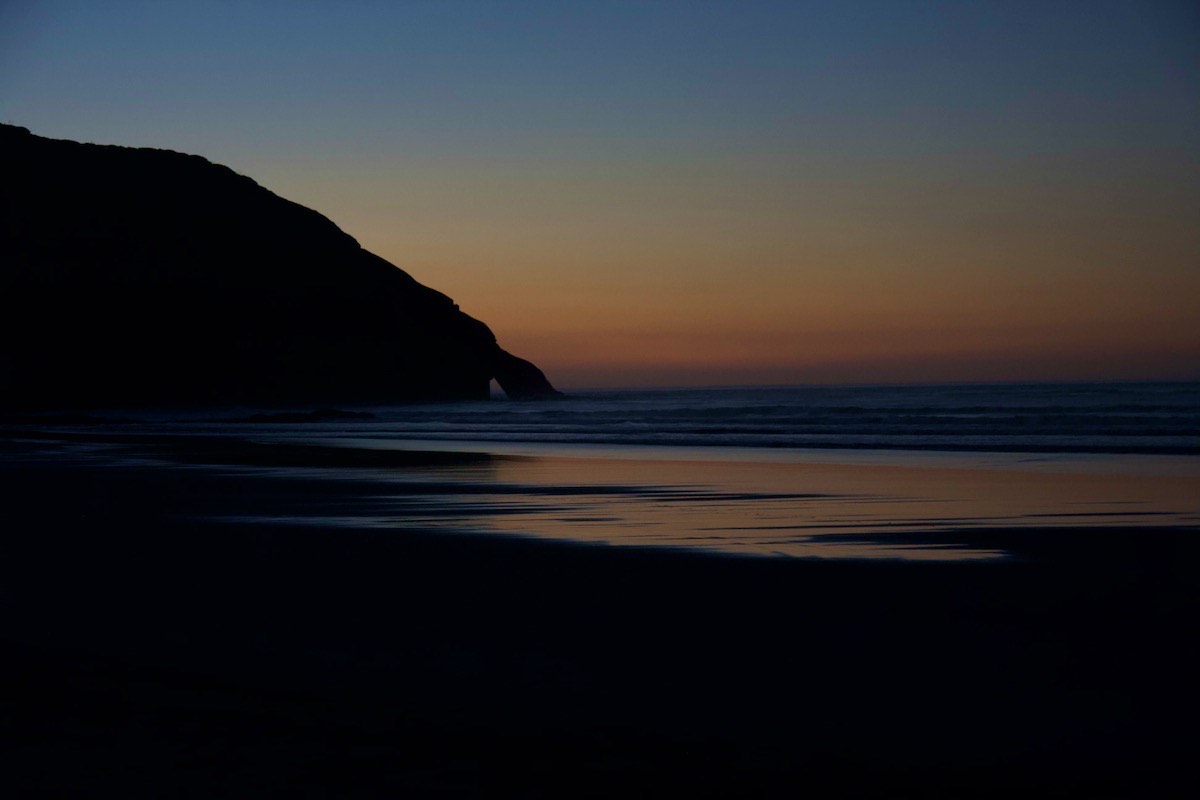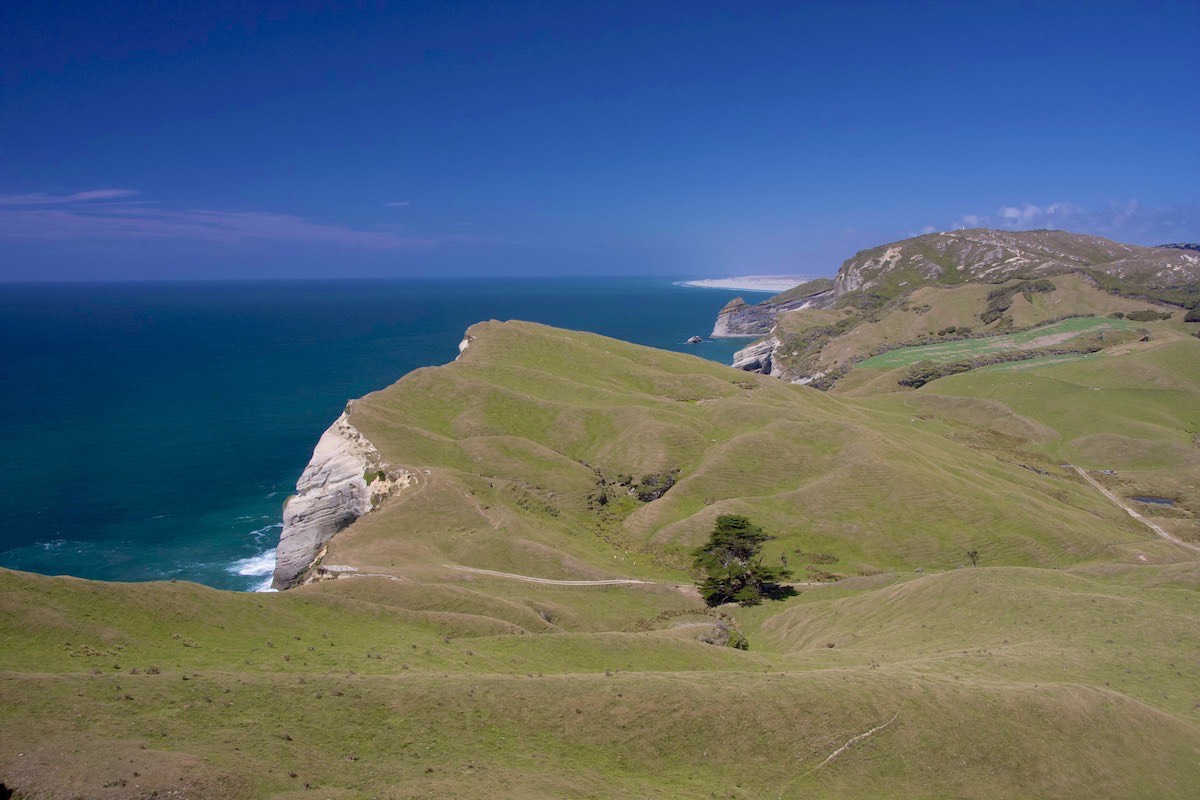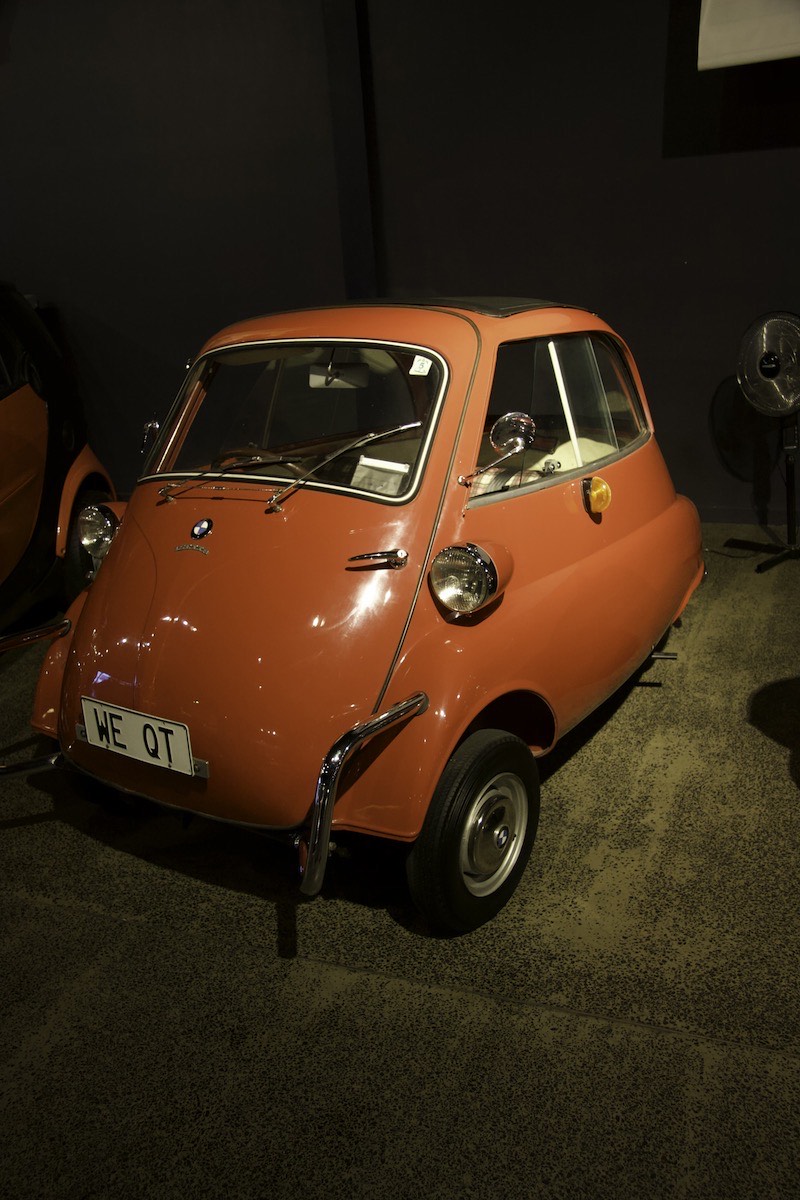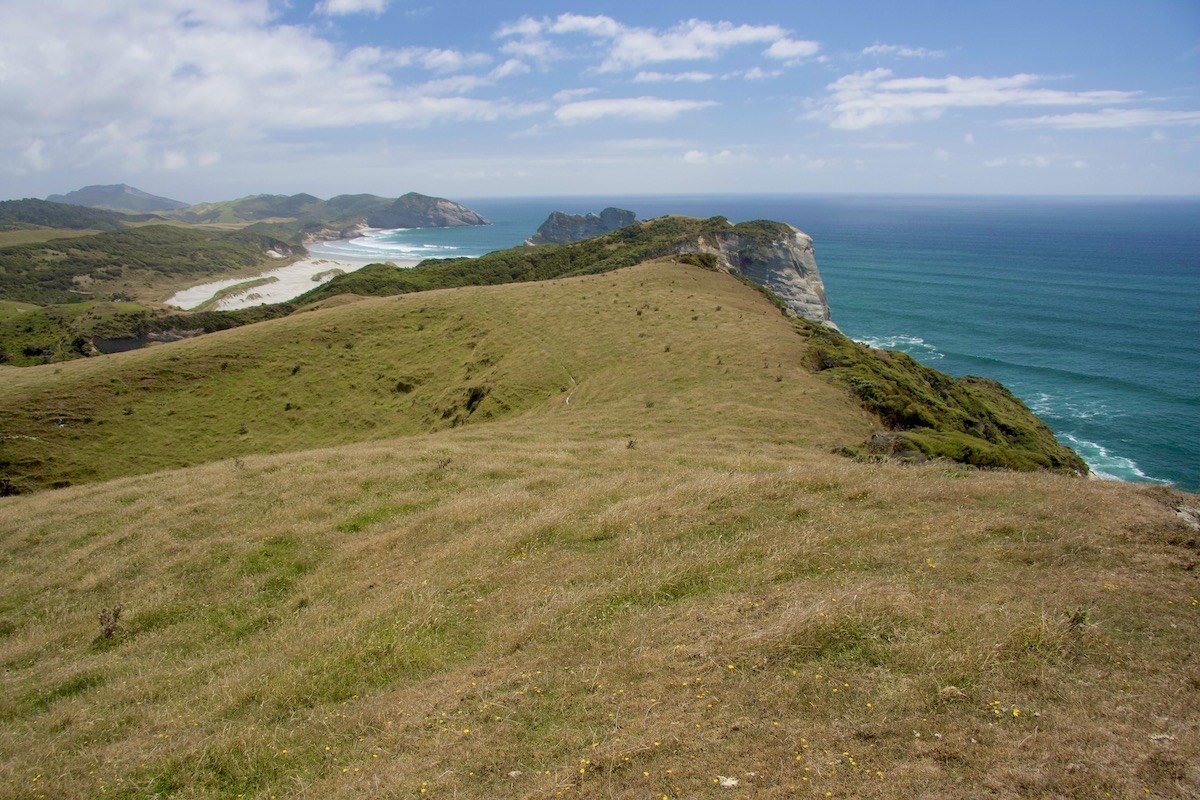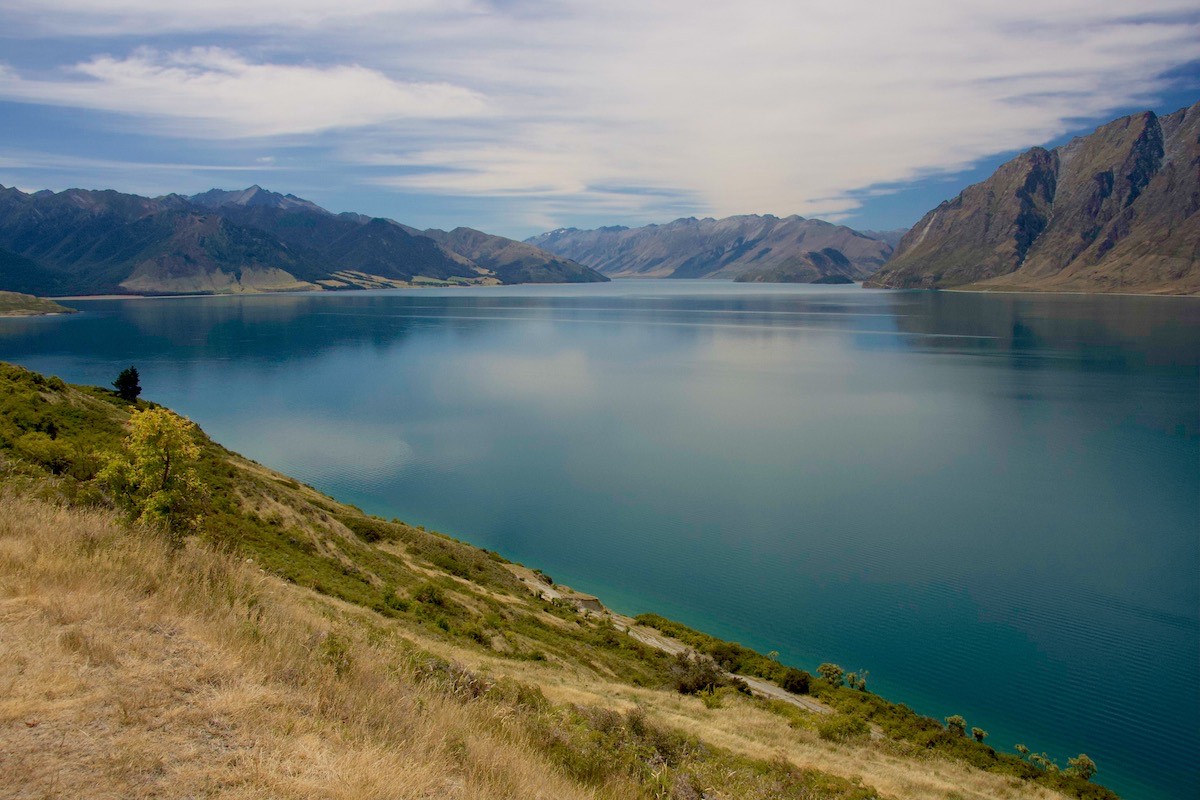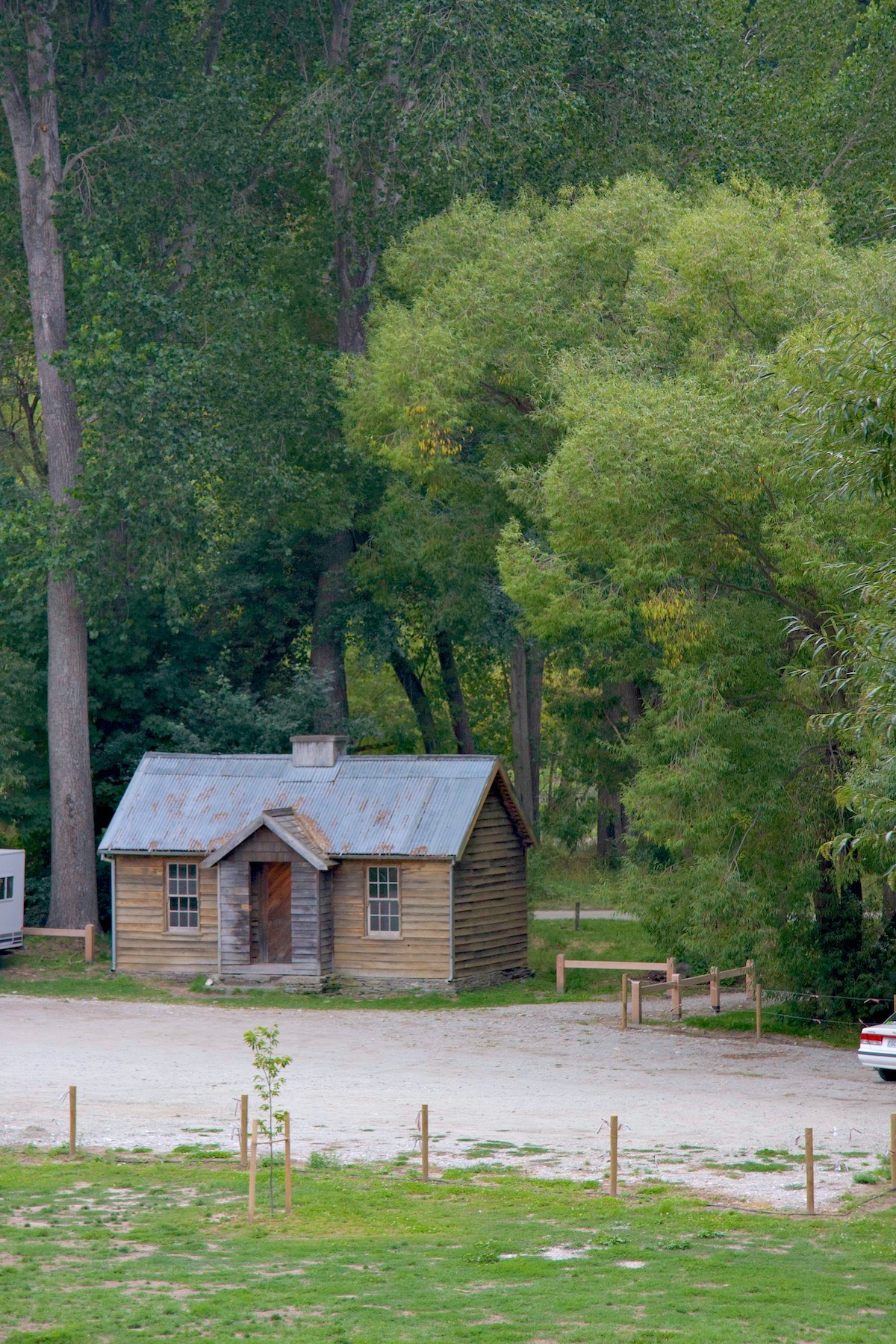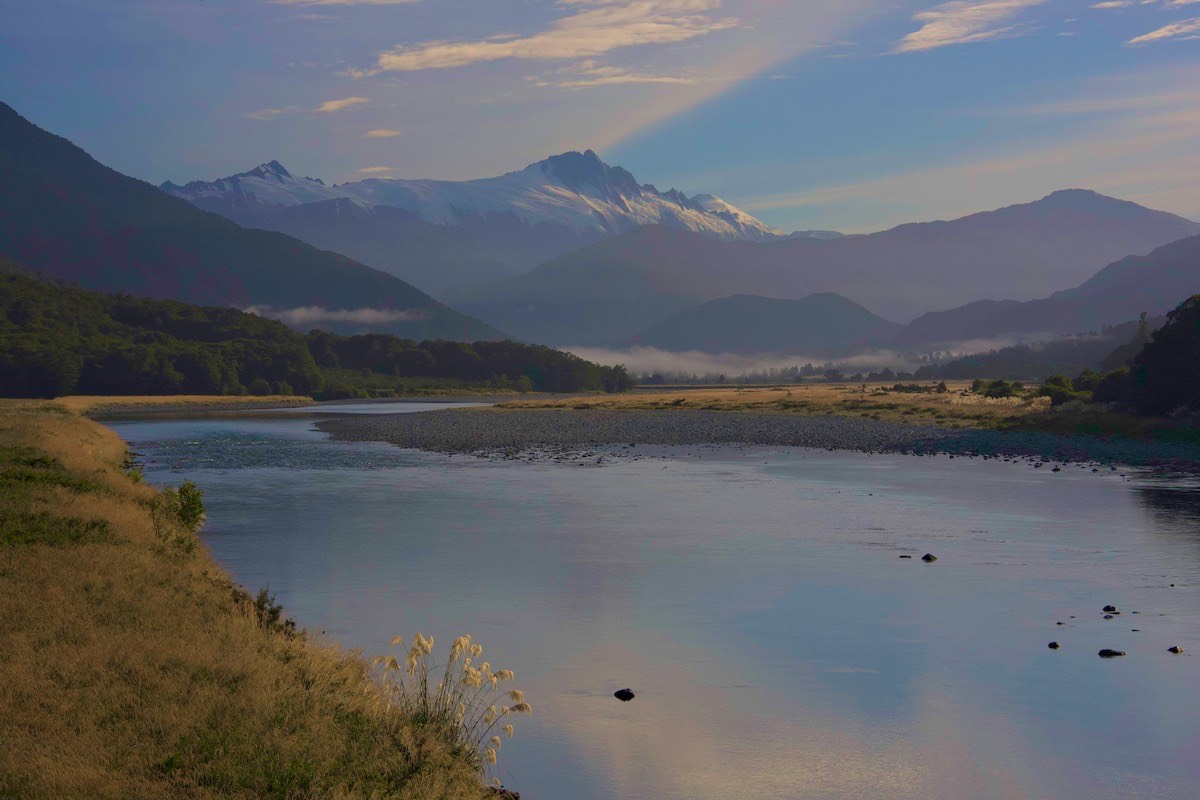Best to hold phone horizontally!

Te Waka a Maui
As a child I was taught the tale of the Maori demigod Maui who, while standing in his canoe - Te Waka a Maui - caught a great fish - the North Island, Te Ika a Maui. So this page is about Maui's canoe, the South Island.
To me, the South Island has always been remote and somewhati inaccesible. In 2008 we finally went there in my cousin's camper van. We had a glorious time.
This is the beginning of our South Island Journey.
To see the North Island part of our journey, see Te Ika a Maui.
Nelson and Golden Bay
Nelson and Golden Bay are popular in Summer, and flooded with people from Christchurch during the school holidays that last all the way through January. Lots of sunshine - the best climate in NZ - pretty beaches and forests, vineyards, good food - who could ask for more? I don't know why more people don't live there, but fortunately, they don't. Of course, to get much further north than Nelson you do have to wend your way over the winding roads of the impressive Takaka Hill, but the road is fine. We could be persuaded (easily) to return here for a longer vacation, preferrably in February, just after the pressure on campgrounds abates as the kids go back to school.
We came by ferry to Picton, down the long arm of Queen Charlotte Sound, and took the windiing coast road as far as Pelorus Bridge on a beautiful summer day. We camped with a sense of relief - finally we actually were in the South Island.. First time in the South Island for Rose, and only the second time for me. Forty five years after my first visit - I must go more often.
Then we went on to the remarkable Museum of Wearable Art and companion Motor Museum in Nelson, over the big Takaka Hill with its strange limestone rocks and caves, and on north as far as Farewell Spit. We spent a magical evening and day (in that order) at Wharariki Beach, and another grand day going to Totaranui Beach in Abel Tasman National Park and a huge freshwater spring at Te Waikoropupu.
Nelson
-
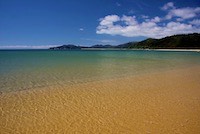
Nelson & Golden Bay Totaranui Beach - a popular spot in Abel Tasman National Park
-

Nelson & Golden Bay Archway Islands
-
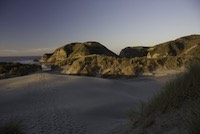
Nelson & Golden Bay First sight
-
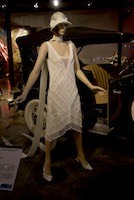
Nelson & Golden Bay A Q-tip gown
-
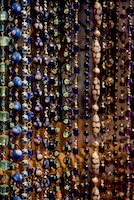
Nelson & Golden Bay Interesting beads
-
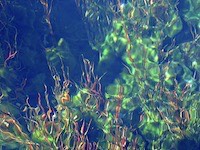
Nelson & Golden Bay And colourful
-
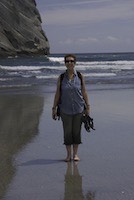
Nelson & Golden Bay Nothing to do but wander about on the beach - what could be better?
-
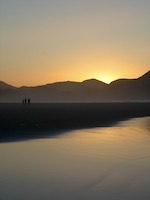
Nelson & Golden Bay Dramatic Evening
-

Nelson & Golden Bay A grand Cadillac
-
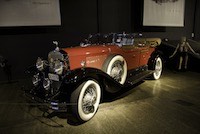
Nelson & Golden Bay A grand Bently
-
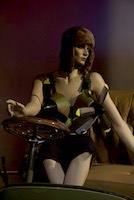
Nelson & Golden Bay A fine pair of spinners
-

Nelson & Golden Bay Fading light - time to finish the wine and try to find the way home in the dark
-
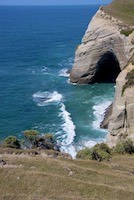
Nelson & Golden Bay Big caves in the limestone cliffs too
-

Nelson & Golden Bay Punga Frond
-
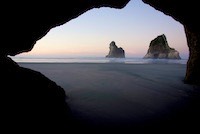
Nelson & Golden Bay Framed
-

Nelson & Golden Bay More coastline and Farewell Spit in the distance
-

Nelson & Golden Bay A classic BMW
-

Nelson & Golden Bay Simple image
-
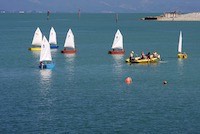
Nelson & Golden Bay The little guys
-

Nelson & Golden Bay More sand - Wainui Inlet, on the way to Totaranui
-
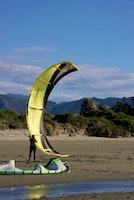
Nelson & Golden Bay A casual expert
-
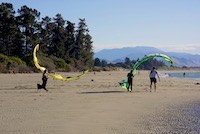
Nelson & Golden Bay Tahunanui Beach
-
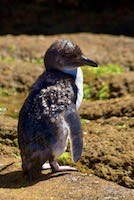
Nelson & Golden Bay Happy camper
-
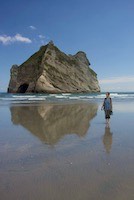
Nelson & Golden Bay Glorious day for the beach
-
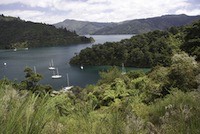
Nelson & Golden Bay Queen Charlotte Sound
-

Nelson & Golden Bay Camper and camper
-
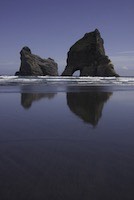
Nelson & Golden Bay Sentinals by day
-
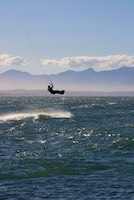
Nelson & Golden Bay There he goes -strolls down and next thing is up in the air
-

Nelson & Golden Bay Puponga Park coastline
-
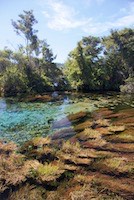
Nelson & Golden Bay Te Waikoropupu (Pupu) Springs - This freshwater spring is huge
-
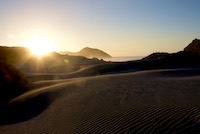
Nelson & Golden Bay Dunes and wind
-
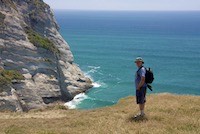
Nelson & Golden Bay Pretty cliff walk too - it is a fine park
-
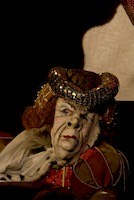
Nelson & Golden Bay Keep your hands off
-
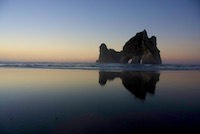
Nelson & Golden Bay Damatic rocks
-
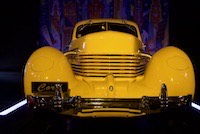
Nelson & Golden Bay A glorious Cord
-
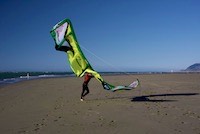
Nelson & Golden Bay Some had more trouble
-
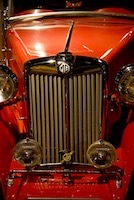
Nelson & Golden Bay MG
-
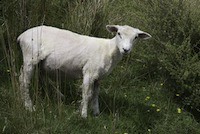
Nelson & Golden Bay Where is my coat
-
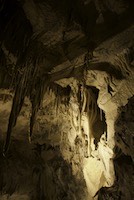
Nelson & Golden Bay Cave on Takaka Hill
-
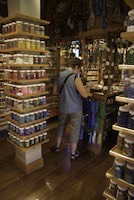
Nelson & Golden Bay Beads!
-
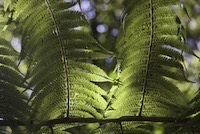
Nelson & Golden Bay Punga Tree
-
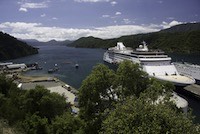
Nelson & Golden Bay Interisland Ferries
West Coast
-

West Coast close to the toe
-

West Coast Cape Foulwind
-

West Coast Reflections
-

West Coast Morning dew
-

West Coast Lake Rotoiti
-

West Coast Hokitika clock-and-bell tower
-

West Coast Cape Foulwind
-
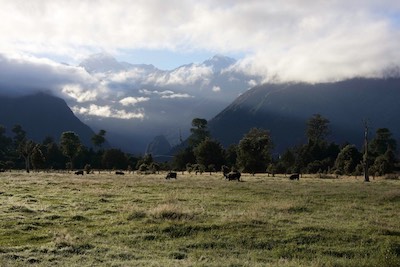
West Coast Aoraki and Horokoau
-

West Coast The last moa
-

West Coast Moraine field
-

West Coast Curious Weka
-

West Coast The surfer dude
-
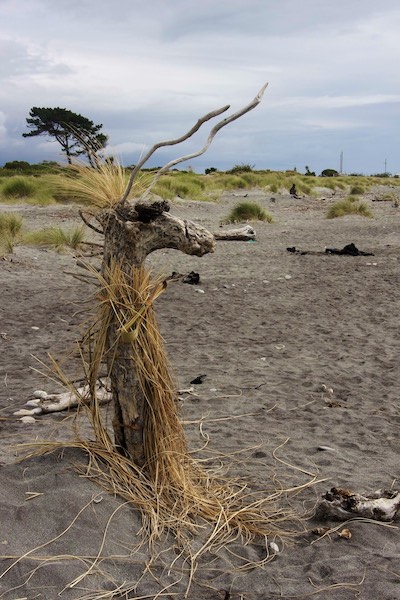
West Coast Mr Kool the camel
-

West Coast Strange Pancake Rocks
-

West Coast Lush forest growth
-

West Coast Lake Matheson and Mount Cook
-

West Coast Ranked fiddleheads
-
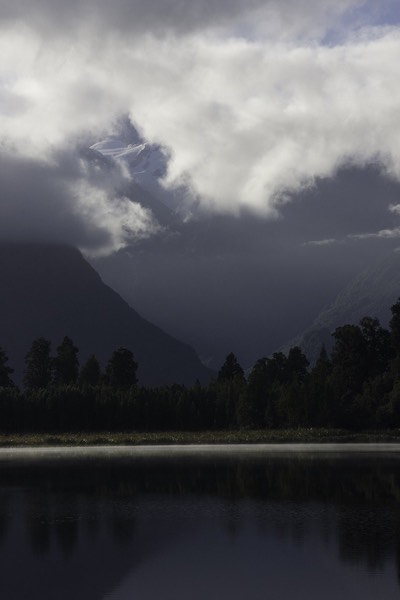
West Coast the cloud piercer
-

West Coast Lake Matheson
-

West Coast dominated by Aoraki
-

West Coast A fascination with ferns
-

West Coast Morning in the meadows
-

West Coast Cape Foulwind
-

West Coast Still waters
-

West Coast Lush native forest
-

West Coast Just a drop
-

West Coast Franz Josef Glacier
-

West Coast No water shortage
-

West Coast Pancake Rocks in Punakaiki
-

West Coast Rugged west coast
-
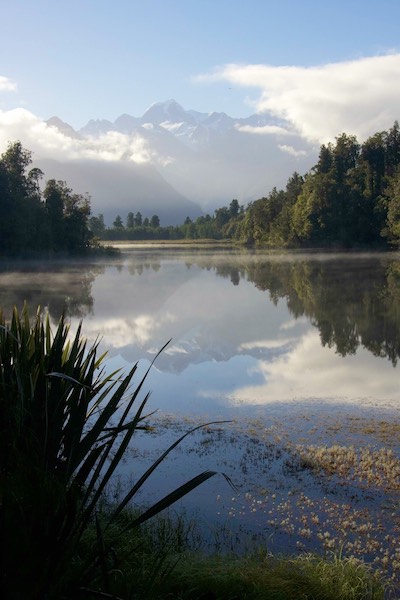
West Coast early morning
-
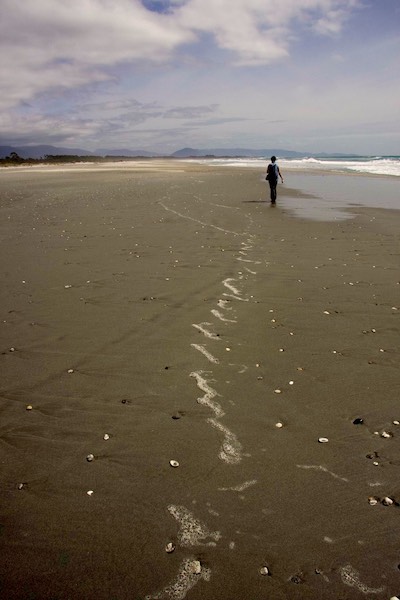
West Coast Haast Beach
-

West Coast Pancake Rocks in Punakaiki
-

West Coast Aoraki over Matheson
-

West Coast Weka
-

West Coast The west coast
-

West Coast Pancake Rocks
-

West Coast Fox Glacier
-

West Coast The cool dude
-

West Coast Hiding the sun
West Coast
Kiwis regard the West Coast as remote and economically disadvantaged. In truth, the population is small, farming is not rich, fishing has declined and the coal and gold are pretty well mined out. But the West Coast has an abundance of dramatic scenery and is well worth visiting. Many Europeans do visit, sometimes to the bemusement of local tourists who have not quite got used to some foreign ladies' penchant for parading around the washrooms in the buff. (Sadly, they only do it in the ladies washrooms - but then I feel fortunate that the men do not seem inclined to emulate their ladies.)
The Wekas paraded for us at Cape Foulwind (where the winds were pretty foul) and the strange pancake rocks and seaweed at Punakaiki provided a worthwhile stop. In Hokitika the Wildfoods Festival was only evidenced by a wall mural, but we caught the tail end of a beach sculpture competition. Hiking to Franz Joseph glacier and Fox Glacier was great, and the weather behaved itself, only pouring with rain when we were safely tucked up in our camper, and not ruffling the waters of Lake Matheson (famous for its reflections of mounts Cook and Tasman.)
Over the Hump
The :Hump" in this case being the Haast Pass over the Southern Alps, away from the West Coast and into Central Otago at Wanaka. We stayed at Pleasant Flat campsite (a Department of Conservation or "DOC" site) where sandflies tried hard to feast on us. We came to realize there must be special breeds of bugs at DOC sites - they always seemed fiercer there. The road is good and the views inspiring. Amazingly blue pools in the river are a sight on the east side of the pass, before you reach Lake Wanaka and Lake Hawea. The lakes are stunning.
We had plans to stay at Wanaka for a week with my cousins, but that was some time ahead. So we stayed overnignt by the lake and pressed on south, past the Cardrona Pub, historic Arrowtown, Queenstown and Kingston. All except Kingston we would revisit when we returned to stay at Wanaka.
Kingston is the northern terminus of the rail line that operated in conjunction with the lake steamer service on Lake Wakatipu, that serviced Queenstown and sheep stations all around the lake. The "Kingston Flyer" ran from Invercargill to Kingston for many years. It has been preserved and still operates each summer, but now the track only runs as far as Garston, a scant 20 kM from Kingston.
To see the continuation of our South Island journey, see Te Waka #2 and Te Waka #3
Over the Hump
-

Over the Hump And the colours are so striking
-

Over the Hump Steam is up
-
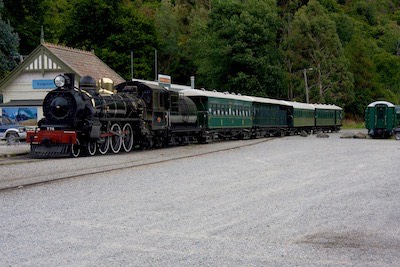
Over the Hump The Kingston Flyer
-
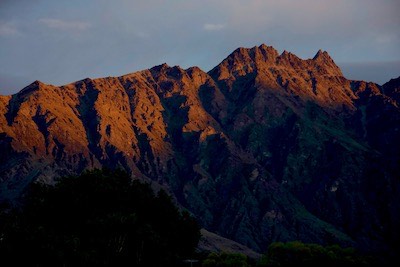
Over the Hump Last light of the sun
-
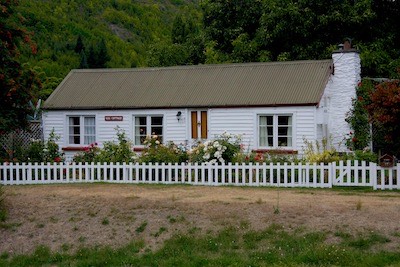
Over the Hump Another Arrowtown cottage
-

Over the Hump The view from our campground
-
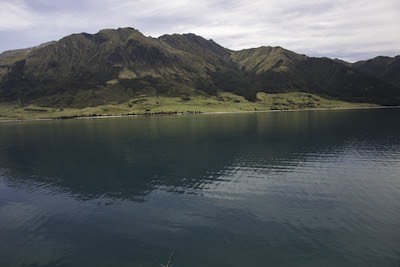
Over the Hump What a place for a farm
-
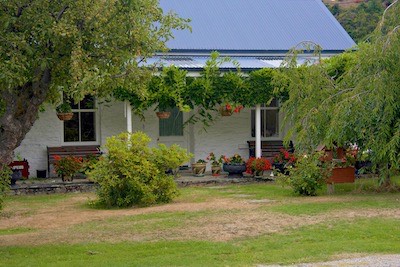
Over the Hump Cosier cottage
-
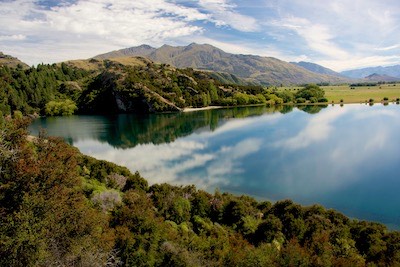
Over the Hump Just one little corner
-
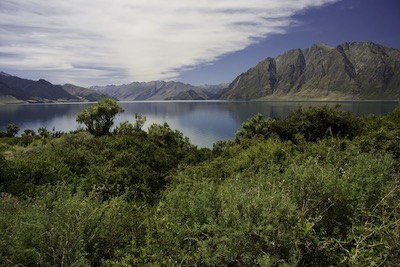
Over the Hump It is a dramatic shoreline
-

Over the Hump Not rendered idle
-

Over the Hump And yet it looks so peaceful
-

Over the Hump Ancient cabin
-
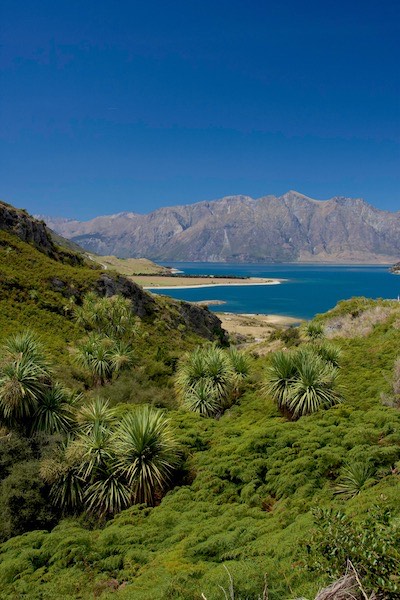
Over the Hump Lake Hawea from the Neck
-

Over the Hump Mt Hooker in the morning from Pleasant Flat, Haast Pass Highway
-
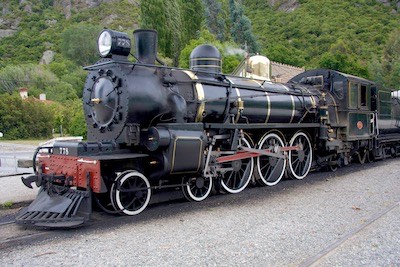
Over the Hump The Kingston Flyer
-
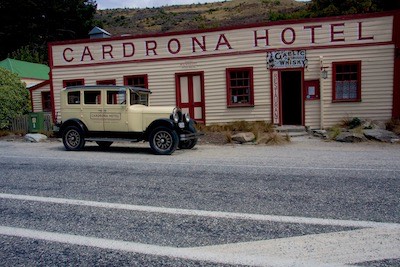
Over the Hump Cardrona Pub
-
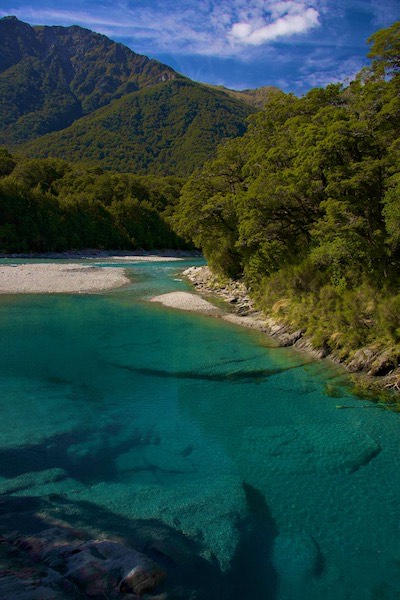
Over the Hump The Blue Pools of Haast Pass
-
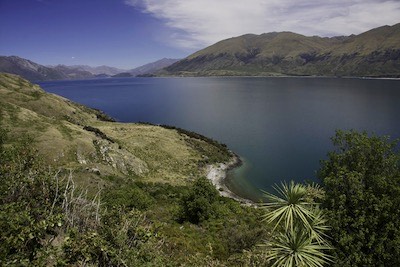
Over the Hump North part of Lake Wanaka
-
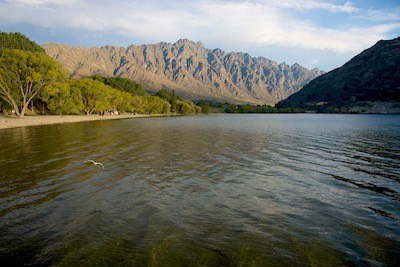
Over the Hump The Remarkables











